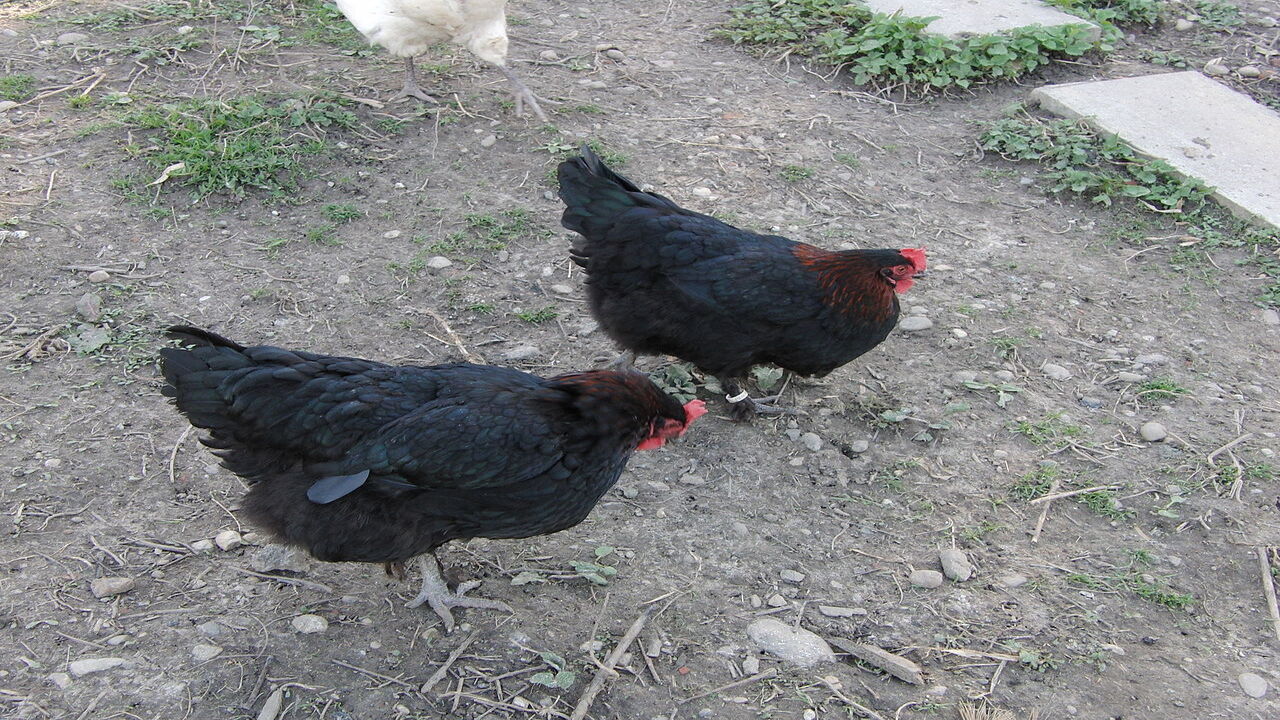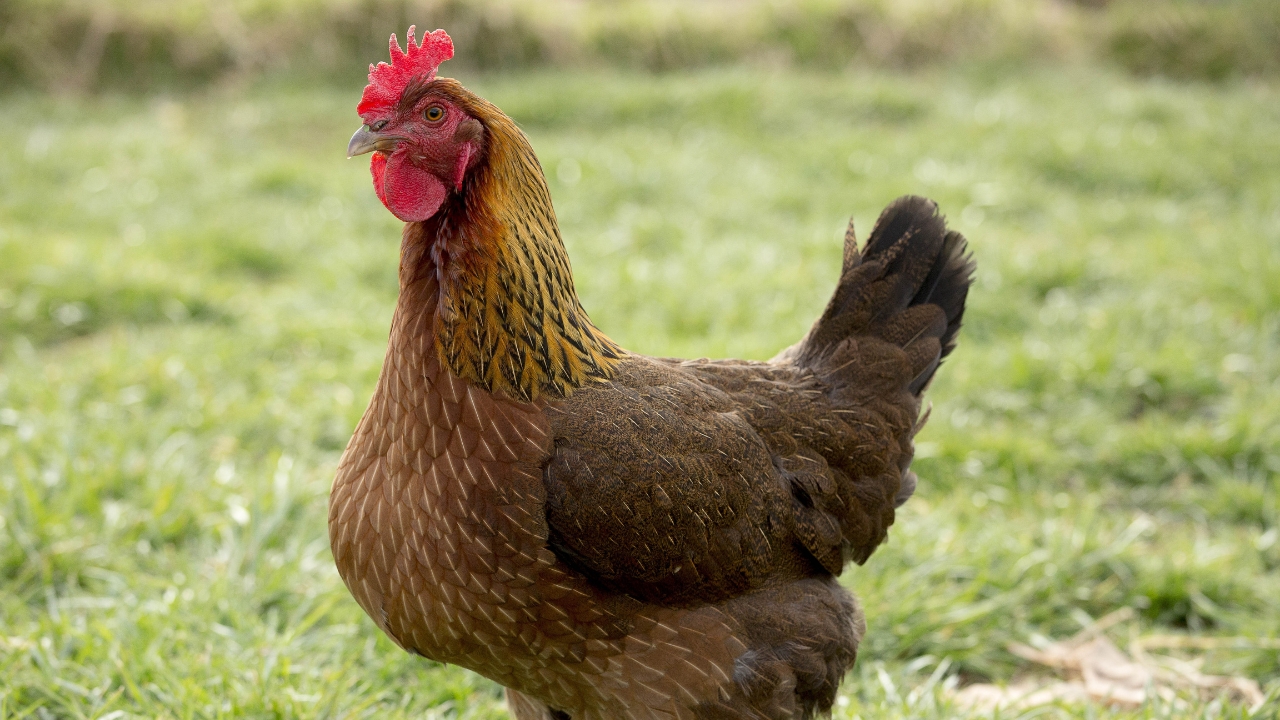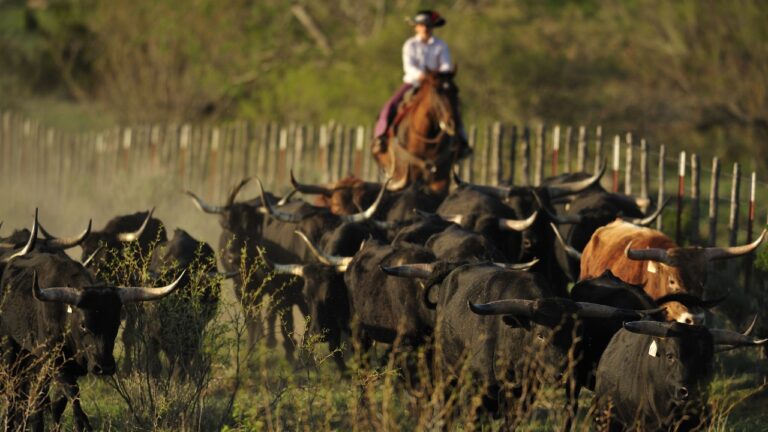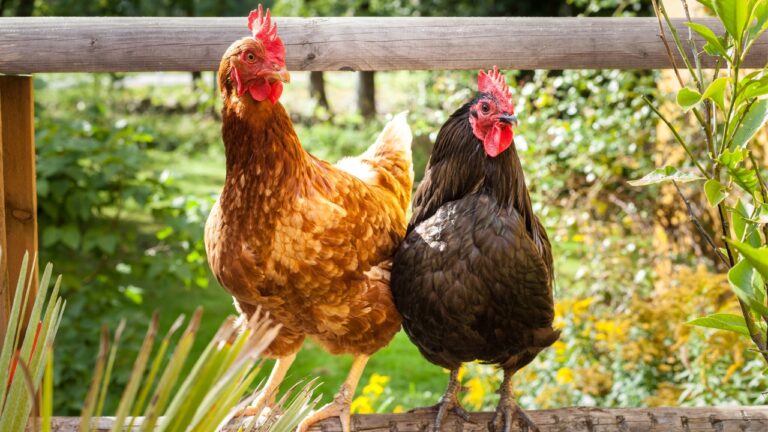7 chickens that lay eggs you’ll actually want to show off
Some hens produce eggs so striking that even the most practical farmer pauses before putting them in a carton. These colors—whether soft blues, deep chocolate browns, olive greens, or speckles that look hand-painted—are written right into their genetics. You can’t change the taste by changing the shell, but you can make every basket look like a piece of art.
If you sell eggs, a mixed-color carton stops people in their tracks at the market. Even if you keep them for your own kitchen, there’s a special kind of pride that comes from opening the nest box to find a rainbow waiting. These breeds deliver that satisfaction week after week, adding variety without sacrificing productivity.
Ameraucana

Ameraucanas lay shades of blue that can range from pale robin’s egg to a vivid turquoise. That color holds steady throughout the year, even in winter, which keeps your egg basket looking bright when other breeds are slowing down.
They’re adaptable birds, doing well in different climates, and they tend to be steady layers once they hit their stride. Personality-wise, they’re friendly without being needy, which makes them easy to work with. If you like a calm flock that still brings color to the table, Ameraucanas are a smart pick.
Marans

Marans are the birds you want if you’re chasing rich, dark chocolate-brown eggs. The first eggs of the season are often the darkest, with the color gradually lightening as they continue to lay. Still, even the lighter ones stand out.
They’re hardy, capable of handling a range of conditions, and generally calm around people. The eggs often have a smooth, almost glossy look, making them easy to spot in a basket full of mixed shells. If you’re looking for “wow” factor in your cartons, a few Marans will do the trick.
Olive Egger

Olive Eggers give you green eggs in shades that can lean pale mossy or go deep and earthy. The exact tone depends on the cross, but no matter what, they bring a unique look to your collection.
Each hen’s eggs will be consistent in her own shade, so with a small flock you can have a gradient of greens without adding multiple breeds. They’re usually friendly, productive layers that don’t need much extra fuss to keep producing.
Easter Egger

Easter Eggers are the surprise package of the chicken world. They can lay blue, green, cream, or even light pink eggs. You won’t know what you’re getting until they start, which keeps the first laying season interesting.
They’re generally easy to keep, good foragers, and adaptable to different setups. Because their egg colors vary so much, they’re perfect if you want variety without committing to a large number of breeds.
Cream Legbar

Cream Legbars are dependable layers of soft blue eggs and come with the bonus of being autosexing—you can tell male from female chicks by their markings. That can save you time and trouble when building a flock.
They’re active birds, well-suited for both free-range and confinement, and they keep up a steady laying schedule. If you like a predictable egg color and a hardy bird, they’re worth considering.
Welsummer

Welsummers lay deep terra-cotta eggs, often sprinkled with dark speckles that make each one look like it came from a designer’s workshop. They’re a favorite for adding texture and variation to a basket.
They’re also good foragers, which can help lower feed costs if you have the space for them to roam. Their egg color holds up well through most of the season, making them a consistent visual standout.
Barnevelder

Barnevelders produce warm brown eggs with a smooth, uniform color that gives any basket a polished look. They may not be the flashiest, but they bring a reliable beauty that works in both mixed and single-breed cartons.
These hens are known for being gentle and easy to manage, making them a good choice for families or anyone new to poultry. They’re steady layers through most of the year, holding their place in your lineup without much drama.
*This article was developed with AI-powered tools and has been carefully reviewed by our editors.







